Taigei: Japan returns to diesel-electric submarines
On October 14, at the Mitsubishi Heavy Industries shipyard in Kobe, the Taigei submarine was launched. This is the lead ship of the new project 29SS, with which it is planned to replace obsolete submarines in the future. The new project combines modern systems with ideas that were previously considered obsolete.
Code 29SS
According to known data, the technical and technological groundwork for a promising submarine project began to be created in the middle of the two thousandth years. Then, research began on the topic of new radio-electronic, hydroacoustic and computing facilities, as well as experiments in the field of air-independent power plants.
Work on new electronics and other components was successfully completed by the mid-tenths. Not long before that, it was decided to abandon the use of VNEU in favor of a different architecture of the power plant. Research and experiments have shown that a diesel-electric circuit using modern storage batteries will be more efficient and quieter.
In 2015 and 2017 two non-nuclear submarines of the "Soryu" type with a rebuilt power plant were laid. They lost their Stirling engines, but kept the diesel generators and received lithium-ion batteries. To date, the first of these submarines has been tested and confirmed the correctness of the solutions applied.
By 2017-18 the main components of the new ship systems were tested and recommended for use in a full-fledged project. By the beginning of 2018, a project with the code 29SS was prepared, according to which it was planned to build new boats. Recently, the project has been named after the lead ship - "Taigei".
Work in progress
The Japanese Maritime Self-Defense Forces are currently planning to build seven submarines of a new type. There are contracts for four ships, and one of them is nearing completion. Two more orders are still at different stages of construction, their completion is expected in the foreseeable future.
The lead submarine "Taigei" was laid down in March 2018. The launch took place a few days ago, on October 14. Now the boat has to go through all the necessary tests, after which it will be able to join the MSS. Acceptance by the customer is expected in the spring of 2022. Thus, the construction took a lot of time, and the tests will not be quick either, due to the high complexity of the project. In addition, in the near future, "Taigei" is planned to be operated mainly for gaining experience, and not as a full-fledged combat unit.
The new boat is quite expensive. Its construction cost approximately $ 710 million. For comparison, serial Soryu submarines cost less than 490 million, and their diesel-electric modification requires a cost of $ 608 million.
In January 2019, the second submarine was laid down at the Mitsubishi Heavy Industries plant, the name of which remains unknown. They are going to launch it next year and take it into service in 2023. Another submarine was laid down last year - it will be launched after the second and will be handed over in 2024.
The construction schedule for the next four ships is still unknown. It can be assumed that shipbuilders and the military are planning to reach high rates of construction with the annual delivery of finished ships. In this case, the seventh planned submarine will begin service in 2027. However, certain difficulties associated with the complexity of the project may lead to a shift in terms to the right.
Technical features
With its outer contours and layout, the new Taygei diesel-electric submarine is similar to the previous non-nuclear / diesel-electric submarines of the Soryu type, but it has a larger displacement. Fundamental differences are hidden inside the hull and affect all major systems, including those directly affecting combat effectiveness.
The length of the new boat is 84 m, the width is 9,1 m. The surface displacement is 3 thousand tons, the underwater one must exceed 4,2-4,3 thousand tons. A streamlined body was used, slightly different from the "Soryu". On top of it is a modified wheelhouse guard with horizontal rudders. The aft planes are made in an X-shaped pattern.
The ship's power plant was built using diesel generators, lithium-ion batteries and a propeller-driven electric motor. Component types and characteristics are not disclosed. It was previously mentioned that such a power plant scheme allows you to increase the main characteristics and gain advantages over other architectures.
For the 29SS project, new electronic reconnaissance and communications equipment has been developed. A new generation hydroacoustic station based on fiber-optic arrays was also created. Due to this equipment, the ability to detect and track underwater targets will improve. Based on the existing developments and components, a new combat information and control system was created.
The armament of the new boats consists of four 533 mm bow torpedo tubes. The submarine will be able to use the torpedoes in service, incl. the latest models Harpoon missiles will be launched using torpedo tubes.
The ship's crew consists of 70 people. Comfortable living and service conditions are provided on board. A high degree of automation will reduce loads. It is especially noted that during the construction of the submarine, the special needs of female submariners were taken into account. This feature of the 29SS project is important in view of the fact that this year the Academy of the submarine forces for the first time accepted female cadets.
Prospects and challenges
In the near future, the lead diesel-electric submarine of the new project will be put on sea trials, within which it will have to demonstrate all its advantages over the equipment of the previous types. In general, positive results are expected in all major areas, from CIUS to conditions for the crew. However, the most interesting in the project is the power plant of the original architecture.
Based on the results of studies of the recent past, the MSS Japan lost interest in air-independent power plants and decided to return to the diesel-electric scheme, but at a new technological level. A similar scheme has already been tested on the modified diesel-electric submarine "Soryu" and has shown its advantages. As a result, promising ships will be equipped with diesel engines and batteries.
The main advantage of diesel-electric submarines over Soryu-type submarines is less noise. Unlike Stirling engines, an electric power plant in all modes, incl. produces less noise underwater. In addition, lithium-ion batteries are used, which are superior to traditional lead-acid in all respects.
In this case, the selected batteries are not without drawbacks. First of all, this is a high cost. In addition, batteries generate heat during charging and discharging, and can emit toxic vapors or ignite if operating modes are violated. All this makes special demands on the equipment of the battery wells, on which the survivability and stability of the ship and the life of its crew depend.
Against the background of competitors
The construction of the Taigei submarine and the plans of the MSS command are very interesting - especially against the background of previous Japanese developments and current plans of foreign countries. It is believed that the diesel-electric circuit is outdated, and the non-nuclear submarine fleet needs fundamentally new systems. Developing these ideas, Japan was among the first countries to master and use in practice VNEU technologies. Now she is the first to refuse them.
The revised version of the Soryu project has already confirmed the correctness of this decision, and now a fundamentally new project has been created. Until the end of the decade, the 29SS / Taigei project will significantly affect the development of the Japanese MSS submarine forces. In addition, it cannot be ruled out that Japanese work will affect the world's submarine shipbuilding. And then other countries will also return to diesel-electric power plants.
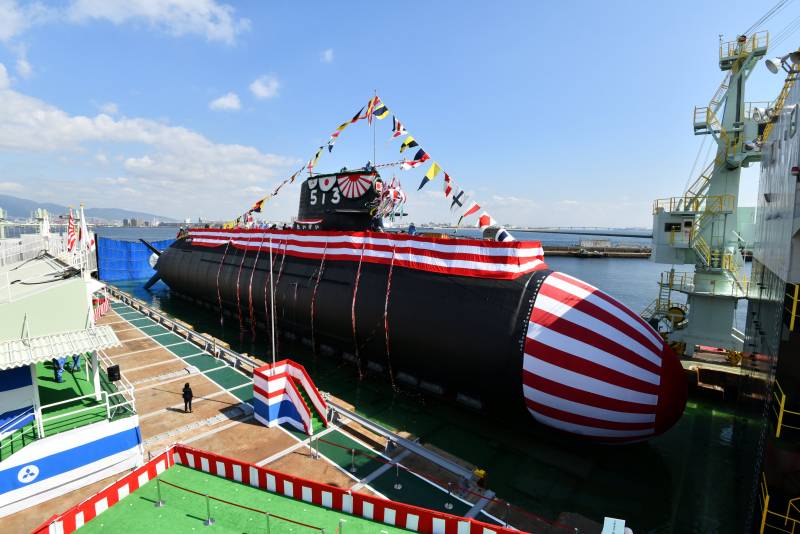
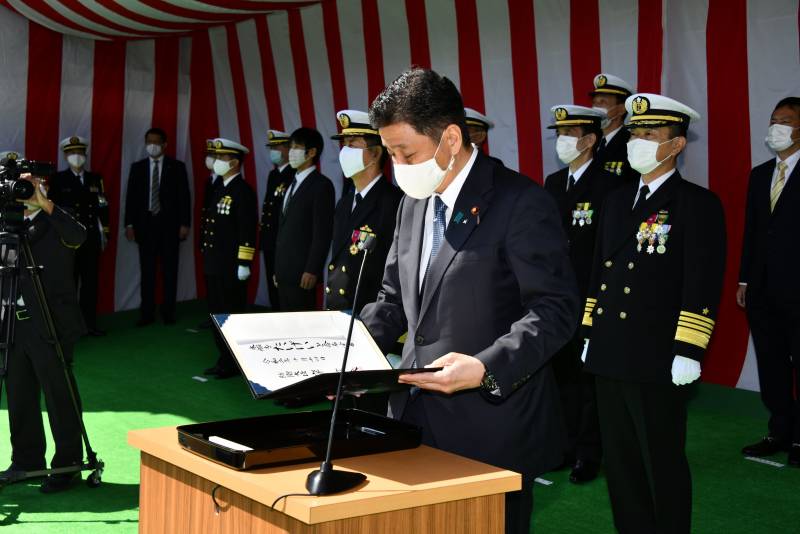
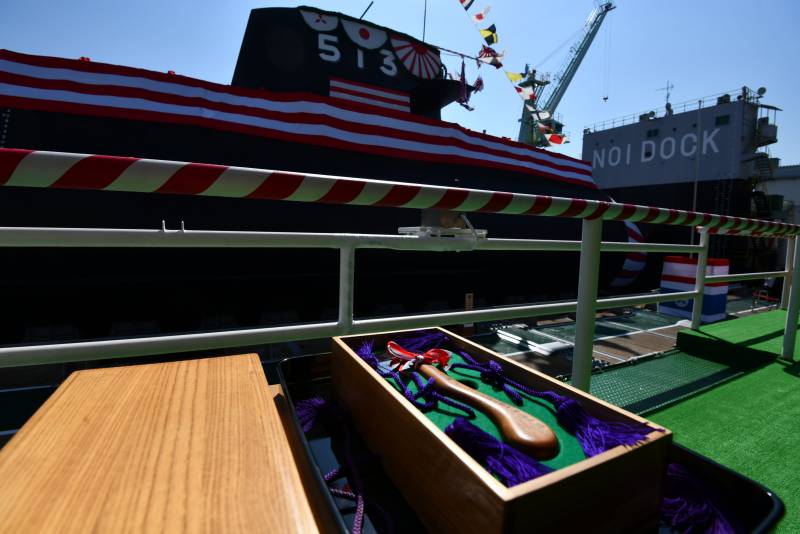
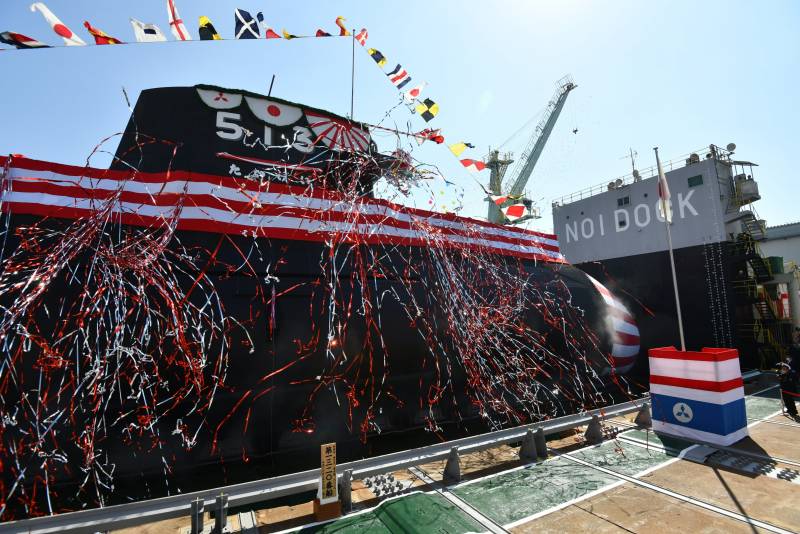
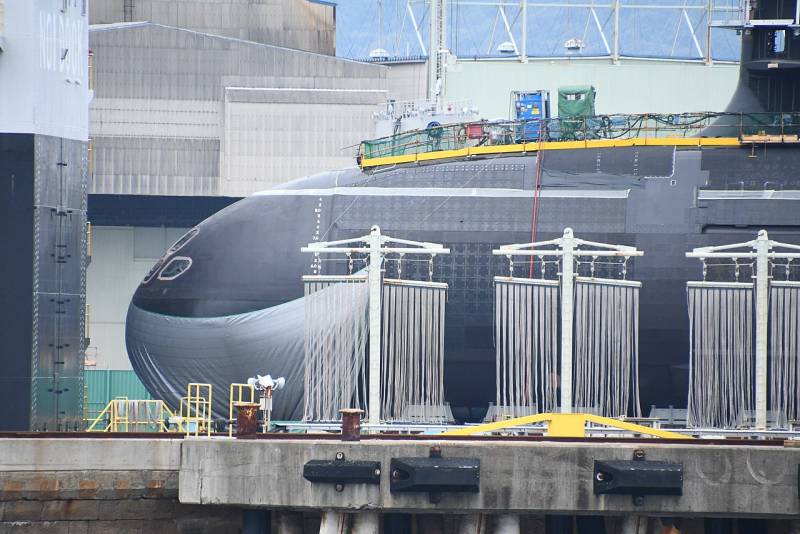
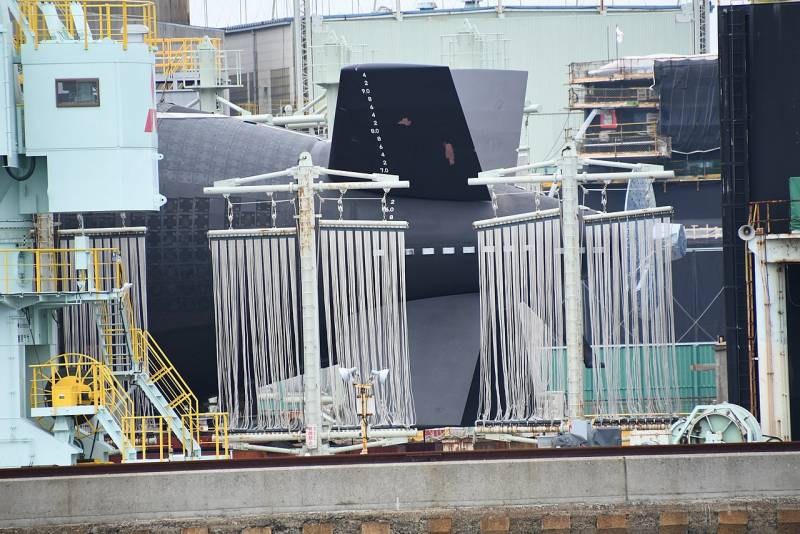
Information